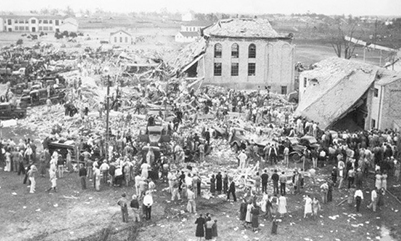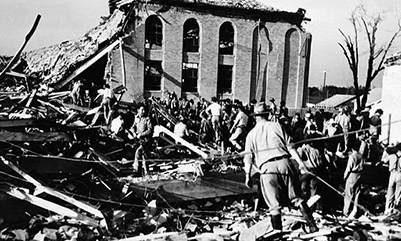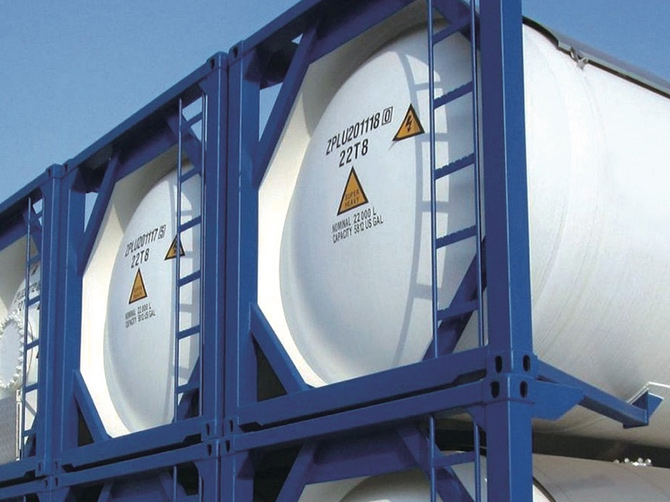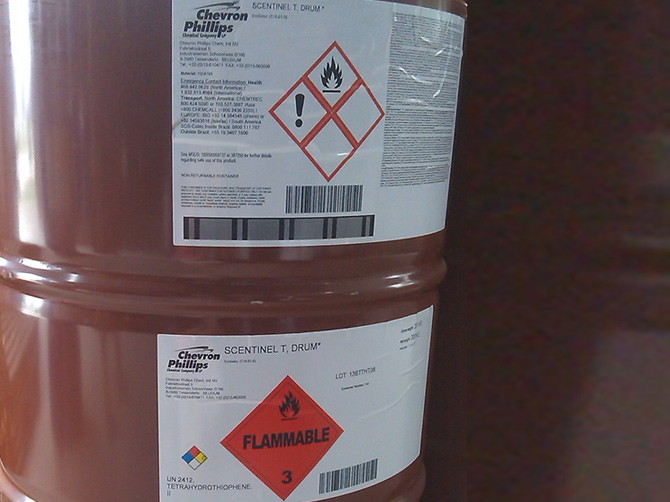 THT tetrahydrothiophene
THT tetrahydrothiophene



On March 18, 1937, a natural gas leak and explosion occurred in the basement of a New London school with 1200 students in Texas, USA, resulting in the death of nearly 300 children and teachers, most of whom were children. The painful lessons of the accident were learned through the publication of Investigation Report No. 3365 (www.nlse. org) by the Mining Bureau of the United States Department of the Interior in December 1937, which strongly recommended:
• It is necessary to inject an alarm agent into the gas so that gas users can detect the occurrence of gas leakage.
• The responsibility for construction, maintenance, and operation should be fully entrusted to personnel or organizations with rich experience in such work.
At this point, government agencies such as the US Department of Transportation (DOT), the National Fire Protection Association (NFPA), and the Canadian Bureau of Communications (CTA) have successively legislated to clearly require: The gas sold to customers must undergo odorization treatment.
Chevron Phillips Chemical Co., Ltd., as one of the earliest leading chemical companies in the research and development of odorants, actively responds to and fulfills government regulatory requirements with rich research and development experience and technological precipitation. It continues to promote the global application and development of natural gas odorants, and has made admirable contributions to the current industry development and product operation and maintenance.
Tetrahydrophene, also known as thiophene or THT, is widely used in Europe and its affiliated regions and gradually extends to the world. Its taste is considered closest to the gradually replaced gas taste. Chemically speaking, tetrahydrophene is the most stable compound used for gas flavoring. It is usually used in pure undiluted form.



